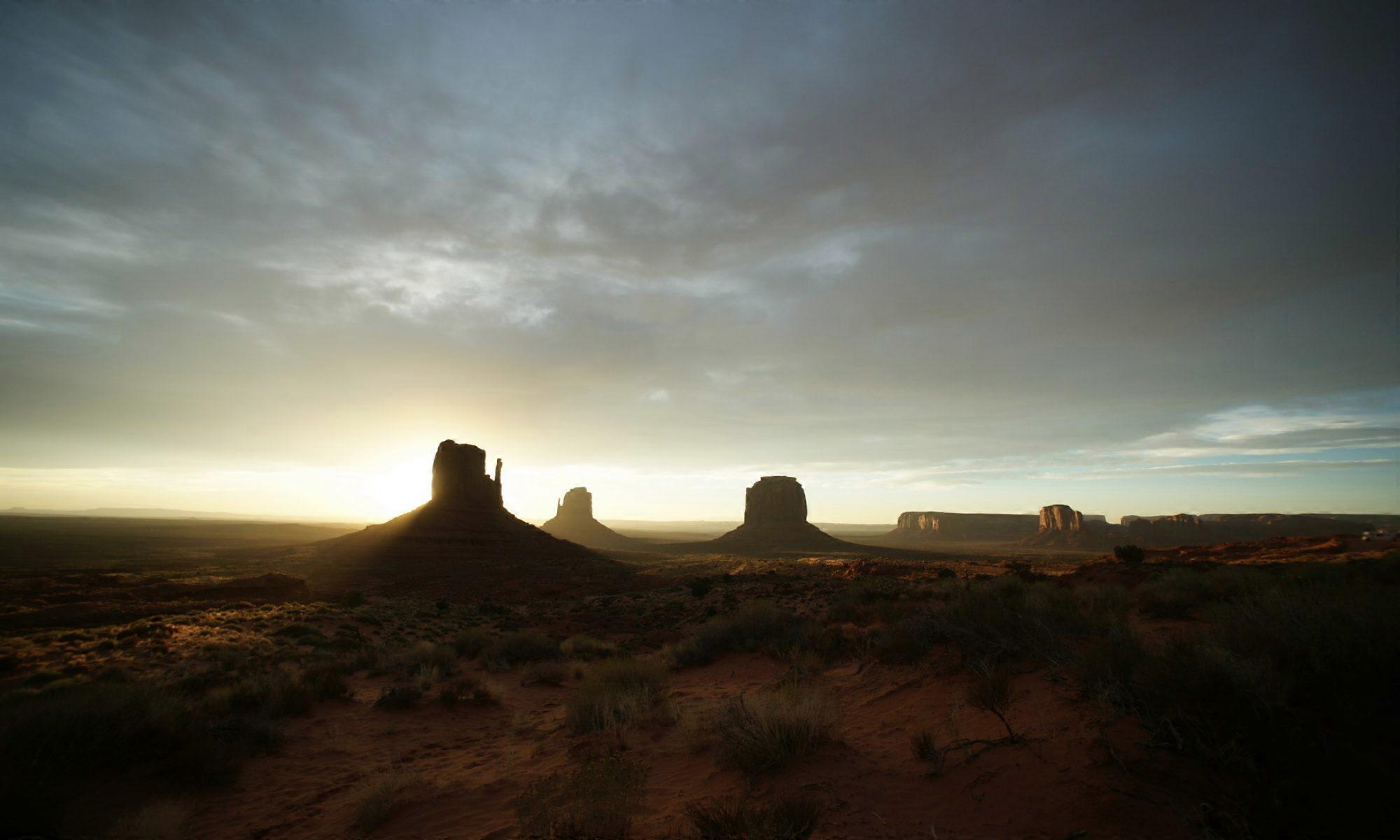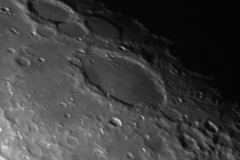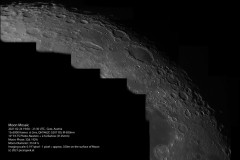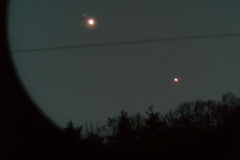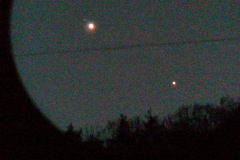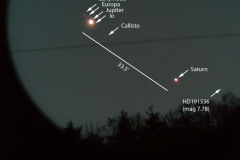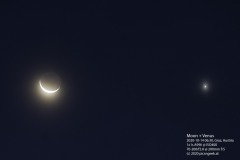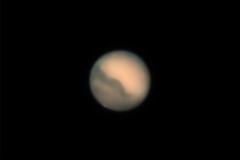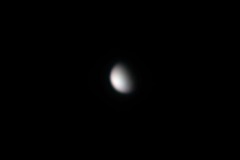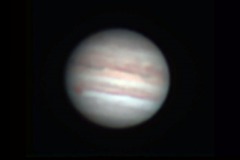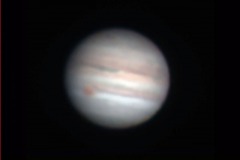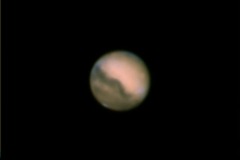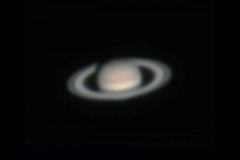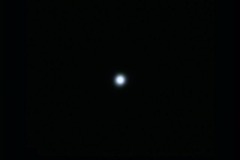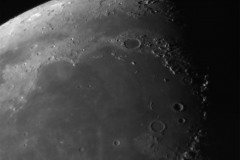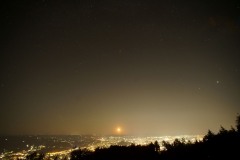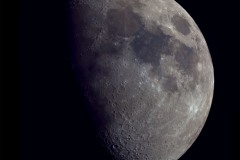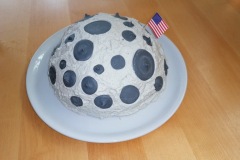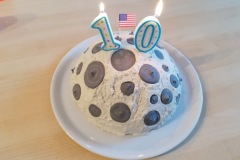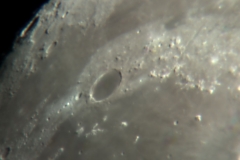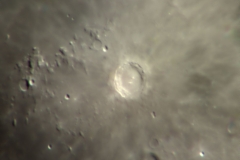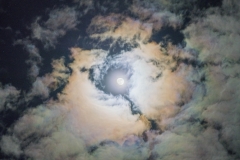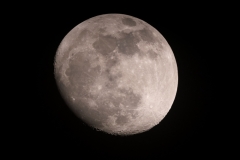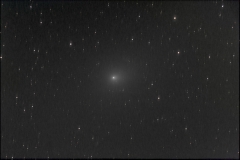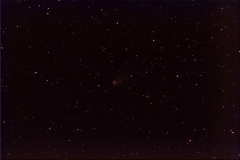Finally, in the evening of 2020-10-08, there came a cloud free night with the moon rising not too early. Although the seeing conditions were not really faborable (high jet stream speed and rather bad layers), I had to go planet hunting.
Jupiter and Saturn were rather low, but still well placed from my home location. Mars was already well up in the sky when night fell. Inbetween there were Neptune and Uranus. Both of them not quite spectacular with persisting seeing conditions.
And finally I took a shot of the beautifully lit mountains on the Moon. The picture shows Montes Apenninus at the lower right, Montes Caucasus to the right (almost lost in the shadow) and Montes Alpes around Mare Imbrium. (North is up)
This time, I used my 10″ f/5 Newtonian with a 2.5x Barlow lens, to test oversampling capabilities. Well… The seeing conditions would rather call for no barlow at all, but I had to test the combo 🙂
All images are created from 4 separate, RGB+IR filtered video (SER) files with QHY183M camera. Each video consists of 500-10000 individual frames, from which 6-10% of the best were stacked.
The resulting resolution is 0.158 arc-seconds per pixel, which is a 3x oversampling of the 10″ scope (0.464 arc-seconds Dawes limit); Except the Moon, which is scaled to 33%
See the results processed AutoStakkert!3, Registax and Photoshop here:
